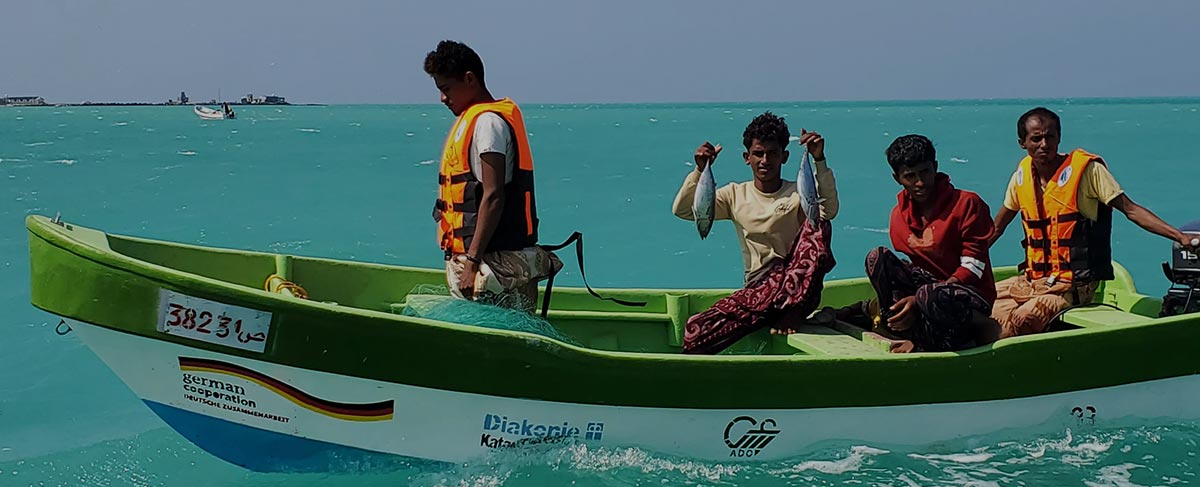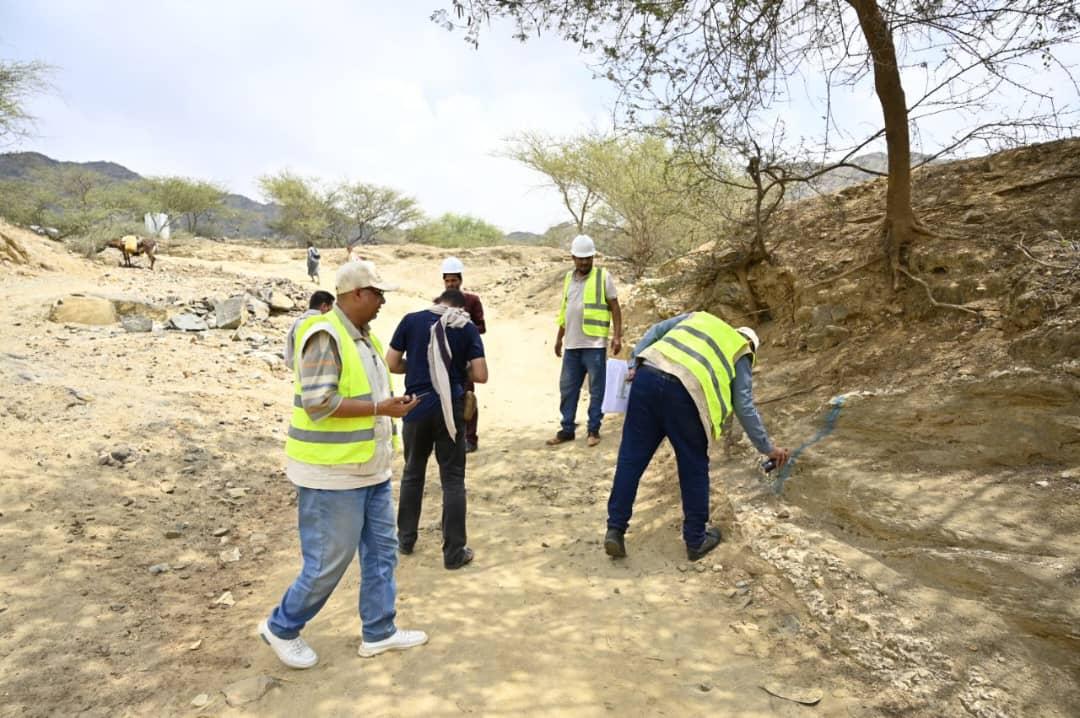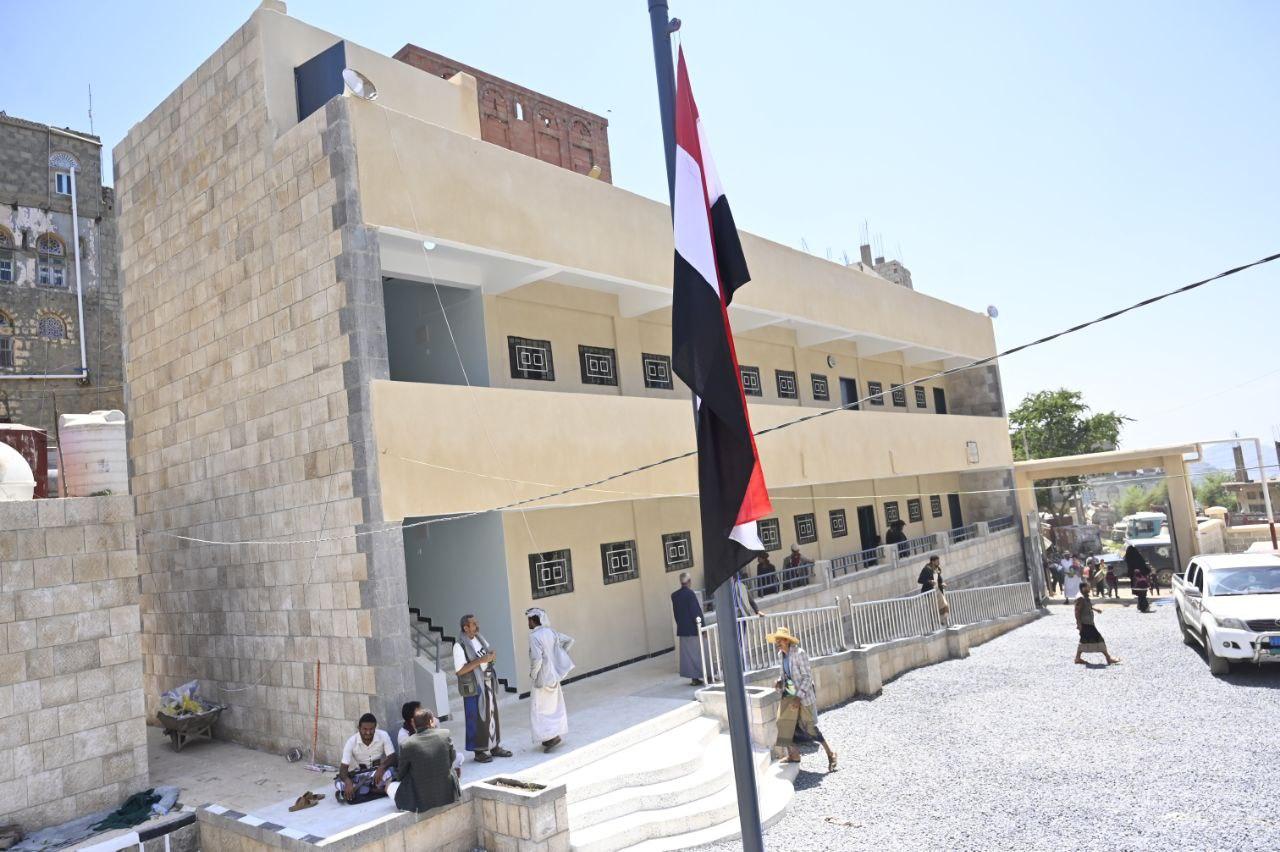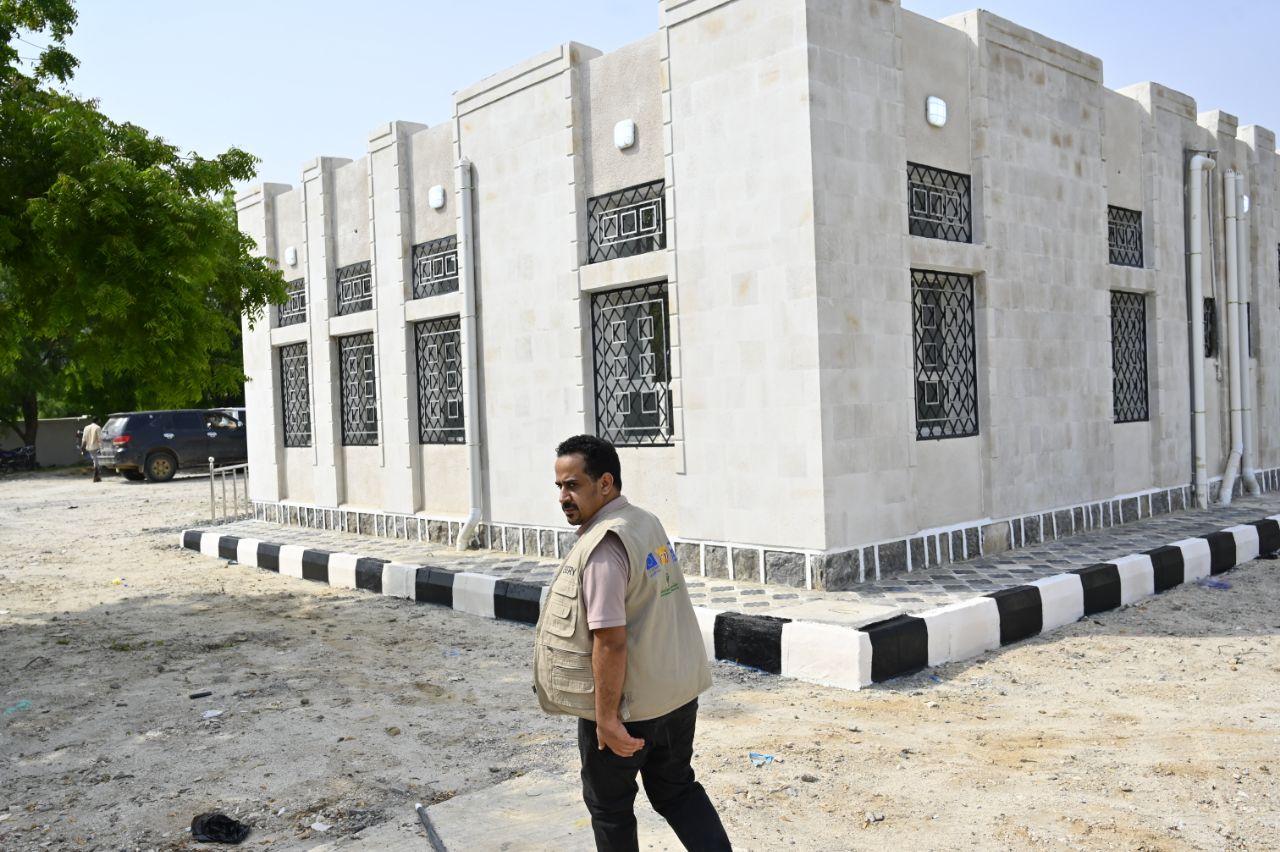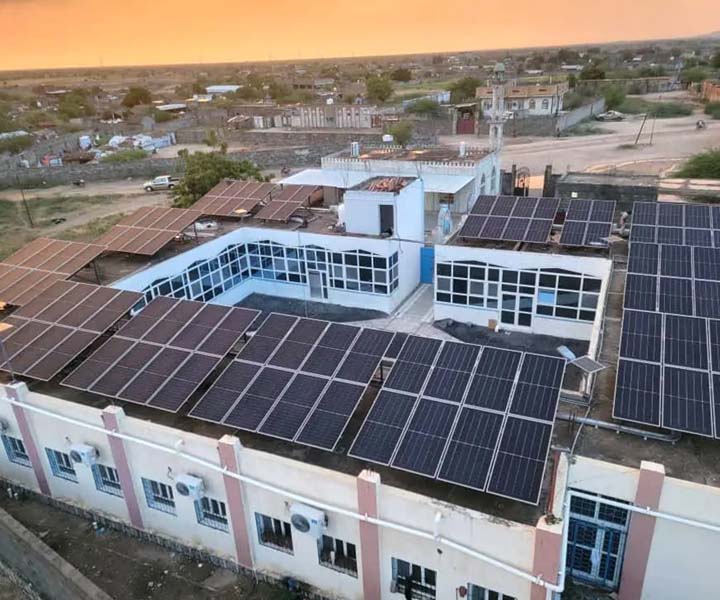Infrastructure is a key driver of economic growth in any country and a major attraction for donors. Therefore, the organization is keen on infrastructure development interventions.
It aims to assist in the networks, facilities, and services sector that facilitate economic activity, including energy production and distribution, equipment, road infrastructure, and other services.
Strengthening Institutional and Economic Resilience in Yemen (SIERY).
Increasing resilience through innovative and sustainable improvement.
Water, Sanitation, and Hygiene Emergency Response Project.
Health, Sanitation, and Hygiene Emergency Response Project.
Moderate Acute Malnutrition Treatment Project for Children, Lactating Mothers, and Pregnant Women in Hodeidah.
Life-Saving Emergency Health Services Project in Hajjah and Hodeidah Governorates.
Primary and Reproductive Health Services Project in Al Mahwit, Hodeidah, and Hajjah Governorates.
Project to implement paving and improvement works for the Al-Sayyaf Bani Rasam Road in Mustaba District, Hajjah Governorate:
This project aims to improve access to public services and transportation between villages and major cities, reducing the cost of goods and enhancing community resilience in the Bani Rasam sub-district in the Far East District of Mustaba District, Hajjah Governorate.
The project started from Al-Hayjah Market, 70 kilometers from the city of Abs. The road begins at Al-Hayjah Market, passes through the villages of Al-Sayyaf District, and ends at the villages of Bani Rasam (Al-Kabara, Al-Nawaqi, Al-Haqwiyah, Al-Sawadiyah, Al-Mazawar, Al-Muhadab, Al-Haydah, and Al-Barakah). A distance of 4 kilometers has been paved, benefiting approximately 7,920 beneficiaries from the area’s residents.
The road, which connects the villages of Al-Sayyaf District and Bani Rasam District in the center of the district, is of great importance. It provides neighboring villages and isolated areas with access to basic services and saves time, money, and effort in reaching service facilities such as hospitals and schools. In addition, it facilitates the transportation of goods and other services. However, the road has faced significant challenges since its construction began in the early 1990s. The lack of maintenance has made it difficult for people to travel. Sheikh Zaid Rassam, a local notable, highlighted the importance of the road in 1996, when the villages of Al-Mazour and Al-Barakah, located 4 kilometers from the road’s start, were unable to reach it by car. Instead, they transported patients on their shoulders.
The road passes through valleys, agricultural areas, and a mountain range, ending at the designated location. The area is characterized by hot and rainy weather. The main health center and primary school are accessible from this road and are located at a specific point along the route.
Al-Ma’zab Al-Qarara – Hajjah Road Paving and Improvement Project:
The project is located in the Al-Ma’zab – Al-Qarara village area in the Hajjah City District of Hajjah Governorate, 3 kilometers from the city towards the Hajjah – Al-Khashm Road, which connects the Mabin area with the road to Al-Hodeidah Governorate. The road is 5,600 meters long, serves approximately 10,363 people, and passes through a series of mountains and farms on a rough road. The road, 950 meters long and 5-7 meters wide, was paved, benefiting 10,363 beneficiaries.
The Al-Mazab Health Center is located along this road and provides medical care to all villages surrounding the road. However, patients often face difficulties accessing the health center due to the rough terrain of the road. Furthermore, residents of the surrounding villages resort to using donkeys to transport water and other daily necessities due to the arduous nature of the road.
The first road construction was undertaken in 1988 by the local council of the area. In 2014, the local council began paving the road. In 2016, the local council undertook expansion work.
It is important to note that the project location is of great importance to the development of the region. The road rehabilitation process has provided residents with basic access to essential services such as healthcare and education. Furthermore, it has facilitated the transportation of goods and services, benefiting the region’s economy. Rehabilitation of 9 classrooms and construction of 6 new classrooms, along with other facilities, for Al-Najah Elementary School – Al-Mahabsha – Hajjah:
Al-Najah Elementary School is located in Shamsan village and provides educational services to the village and all neighboring villages (Al-Mabna, Al-Masbah, Wadi Salalah, Beit Al-Tur, Al-Mahajin, and Al-Safaha).
The school consists of three buildings, two of which were built in 1978 and have not been rehabilitated since then. An additional building was constructed by the Regional Education Office. The buildings were constructed to provide education for the people living in the area. In 2006, with the growing population and the increasing importance of better education, along with the importance of girls’ education, the number of students enrolled increased, creating a need for additional classrooms. This need prompted the Regional Education Office to construct the additional building.
The area suffers from a general lack of services and a lack of education in particular. The total population of the villages of Al-Majan, Al-Mahan North, Wadi Salalah, Shamsan, Al-Qahira, Al-Mabanna, Al-Safa, Beit Al-Tur, Al-Mahan South, and Al-Masbah is approximately 26,581 individuals, according to the 2019 population statistics.
The total number of boys and girls over the age of 6 and under the age of 14 is 4,784. There are seven schools in this area (three private schools and four public schools), with a current capacity of 3,100 students. Most of the residents are poor farmers who rely on rainwater for agriculture. Private school registration fees are beyond the reach of most members of the community, while the number of seats in public schools is limited. As a result, villagers living on the outskirts of the city refuse to enroll their children in schools, either because they cannot afford the fees or because they fear sending their children to study there. This has led to the following interventions at this school:
– Rehabilitation of nine classrooms.
– Construction of six new classrooms.
– Rehabilitation of the school fence and landscaping of the schoolyard.
